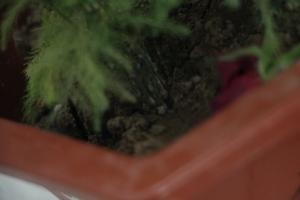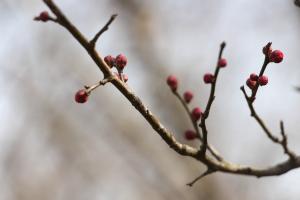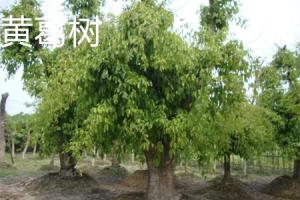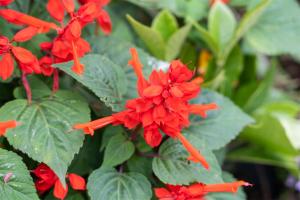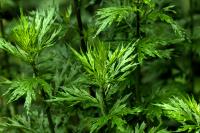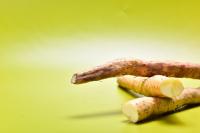1. The difference between Longan and litchi
Longan and litchi have a shell on the outer layer. After peeling off this shell, the glittering pulp will be exposed, and the taste is also very sweet. But the two are not really a kind of fruit. Their differences are mainly reflected in shape, shell, taste, pulp and efficacy.
Appearance: the shape of longan is round, similar to spherical. The shape of litchi is not very round. It is relatively large and a little like the shape of strawberry.
Shell: the shell of longan is generally yellowish brown or grayish brown, relatively thin, hard and brittle, and the watch case is smoother than litchi. The shell of litchi is bright red and purplish red. There are many scale like bulges on its surface, which is the most obvious difference.

Taste: Longan tastes slightly fragrant and sweet. Litchi tastes sweeter, and there will be some sour and astringent feeling in your mouth.
Pulp: the pulp of both is translucent and stagnant, but the pulp of longan is thinner than litchi, and the core is also larger than litchi.
Efficacy: longan is warm and sweet in nature. It can replenish qi and blood, benefit the heart and spleen. It can also be used to treat people's weakness or mental decline after illness, and regulate and replenish women's postpartum blood deficiency. Litchi is warm, sweet and sour. It has the effects of Tonifying the brain, appetizing, promoting appetite and stopping diarrhea. But eating too much litchi is easy to get angry.

2. Can longan and litchi be eaten together
Longan and litchi can be eaten together. Both of them are rich in nutrients, and they are similar in nature and taste, and the ingredients do not conflict, so they can be eaten together. Just pay attention to the right amount. Eating too much can easily lead to anger and gastrointestinal discomfort. It is recommended to eat three to five.


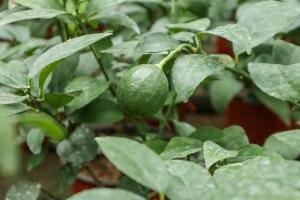 The efficacy and fun...
The efficacy and fun...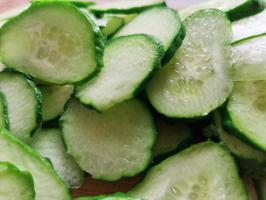 The efficacy and fun...
The efficacy and fun... The benefits of eati...
The benefits of eati...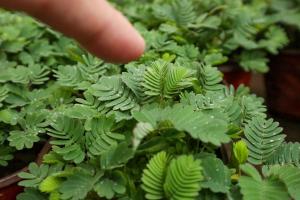 Why is Mimosa called...
Why is Mimosa called...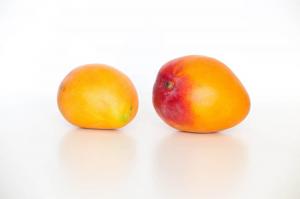 What can't mango be ...
What can't mango be ...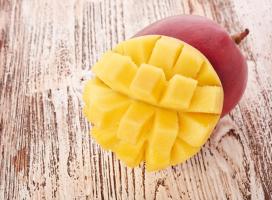 The efficacy and fun...
The efficacy and fun...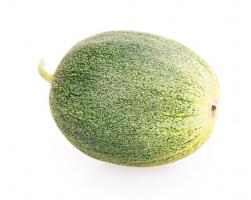 Is watermelon a frui...
Is watermelon a frui...


